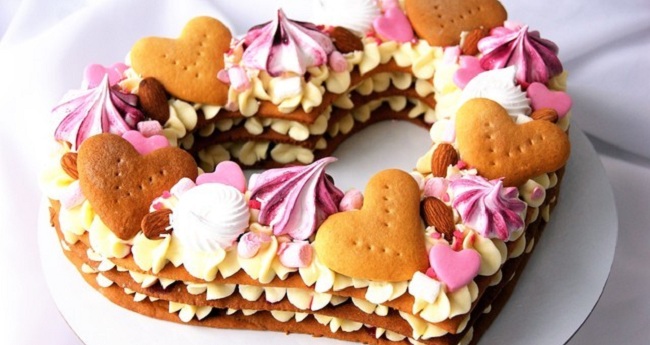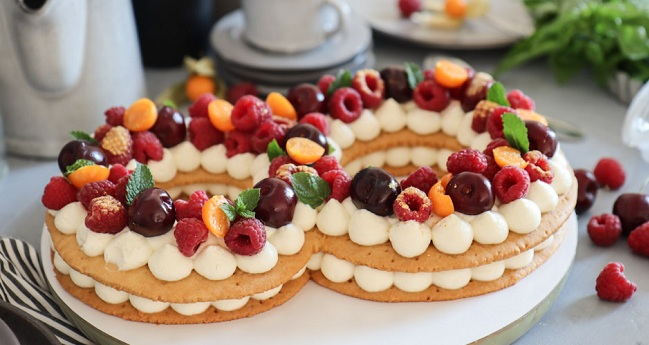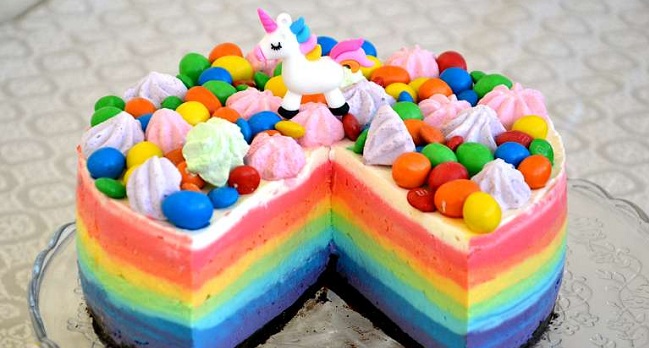We’ve put together helpful tips and tricks to help you avoid dirtying your dishes, avoid culinary mishaps, and make divinely delicious baked goods.

- Do not use glasses for measuring. In recipes, the amount of ingredients is often determined by the glasses. This method is not very reliable, if only because at the exit each chef can get a different weight of the product. In addition, you can be mistaken by measuring half or a third of the glass by eye. It is better to buy a kitchen scale and follow the recipes that indicate the exact weight of the ingredients.
- Cover the scale with a paper towel. Ingredients such as cocoa often crumble and stain the surface of kitchen scales. To avoid this, simply cover it with a paper towel and throw it away after weighing. The scale will stay perfectly clean.
- Determine the age of the eggs. Eggs of different ages may be required to create certain confectionery products. For example, ice cream is good for fresh eggs, and meringues are good for older ones. You can determine your age with a bowl of water. Put an egg in it: if it falls to the bottom, then it is fresh; if it rises with a blunt end up, it means that it is older; if the egg pops up like a float, it is better to throw it away.
- Break the eggs into separate dishes. If you break an egg straight into a bowl of dough, it is likely that shell particles will also fall into it. Therefore, it is better to prepare the eggs separately and then add them to the general container. If a mistake has already been made, you can remove the shell after the cake is cooked and cooled. All the shells will sink to the bottom and can be easily removed.
- Be careful when mixing dry ingredients. To avoid a hurricane of flour and other bulk ingredients while using the mixer, add small portions to a bowl and start stirring at minimum speed. Cover your work surface with paper towels for extra protection.
- Use different utensils for sweet and savory foods. To avoid odd tastes in baked goods, divide your knives, spatulas, and planks into the ones you use for savory and sugary foods. This way, your cake will definitely never turn salty.
- Mix the sticky ingredients with the confectionary sugar. Pieces of sticky ingredients (like marzipan or dates) tend to clump together into a huge sweet bite. You can prevent this by adding a couple of tablespoons of confectionery sugar to them.
- Pick up heavy ingredients. Foods like raisins, nuts and frozen berries often end up at the bottom of baked goods. You can fix this by mixing them with a little cinnamon, cocoa powder, or flour. Choose the right ingredient depending on the recipe.
- Use butter to remove the stickiness from the dough. To prevent the dough from sticking to your hands, it is often advised to use flour. But there is another way – canola (rapeseed) oil. Lightly wipe your palms and work surface with it – the dough will not stick and no excess flour will appear in it.
- Cool the liquid quickly in an ice bath. If you need to quickly chill sweet cream, pour it into a metal saucepan and place it in a large bowl of cold water. Metal helps heat to escape quickly, and cold to penetrate. Note that the larger the pan, the faster the hot cream will cool down.


